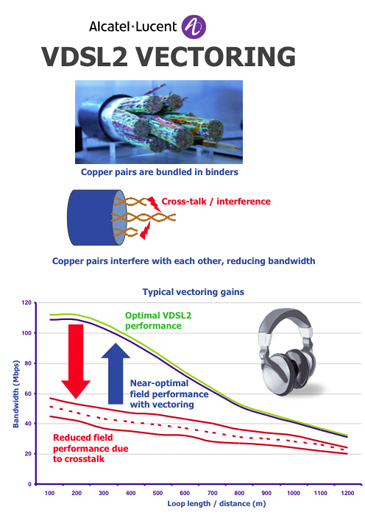At Mobile World Congress in Barcelona, the GSMA announced the following winners of its 18th Annual Global Mobile awards:
Best Smartphone
Samsung Galaxy S3
Best Feature phone or entry level phone
Nokia Asha 305
Device Manufacturer of the Year
Samsung
Best Mobile Tablet
Google and Asus for Nexus 7
Best Mobile Infrastructure
Samsung Electronics for Smart LTE Networks
Best Mobile Technology Breakthrough
Accuris Networks for AccuROAM Wi-Fi: Making Wi-Fi a carrier driven extension of GSM for Offload and Roaming
Best Cloud Based Technology for Mobile
Jasper Wireless cloud-based connected devices platform for machine-to-machine (M2M) and consumer electronics
Best Mobile Safeguard & Security Products and Services
AdaptiveMobile and Syniverse for Messaging Trust
Outstanding LTE Contribution
SK Telecom for 4G LTE with PETA Solution
Outstanding Overall Mobile Technology – The CTO's choice
Samsung Electronics for Smart LTE Networks
Spectrum for Mobile Broadband Award
Government of New Zealand
The full list of winners and finalist for the 2013 Global Mobile Awards is here:
http://www.globalmobileawards.com/winners-2013
Best Smartphone
Samsung Galaxy S3
Best Feature phone or entry level phone
Nokia Asha 305
Device Manufacturer of the Year
Samsung
Best Mobile Tablet
Google and Asus for Nexus 7
Best Mobile Infrastructure
Samsung Electronics for Smart LTE Networks
Best Mobile Technology Breakthrough
Accuris Networks for AccuROAM Wi-Fi: Making Wi-Fi a carrier driven extension of GSM for Offload and Roaming
Best Cloud Based Technology for Mobile
Jasper Wireless cloud-based connected devices platform for machine-to-machine (M2M) and consumer electronics
Best Mobile Safeguard & Security Products and Services
AdaptiveMobile and Syniverse for Messaging Trust
Outstanding LTE Contribution
SK Telecom for 4G LTE with PETA Solution
Outstanding Overall Mobile Technology – The CTO's choice
Samsung Electronics for Smart LTE Networks
Spectrum for Mobile Broadband Award
Government of New Zealand
The full list of winners and finalist for the 2013 Global Mobile Awards is here:
http://www.globalmobileawards.com/winners-2013

















